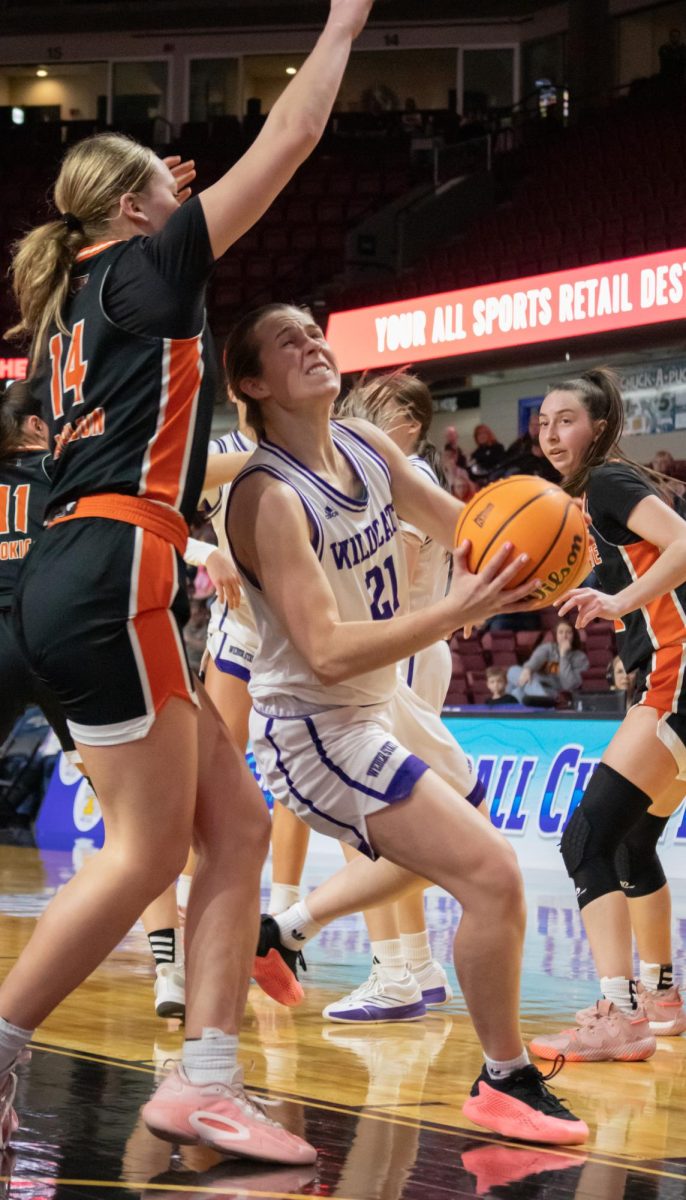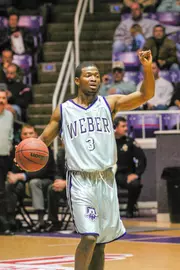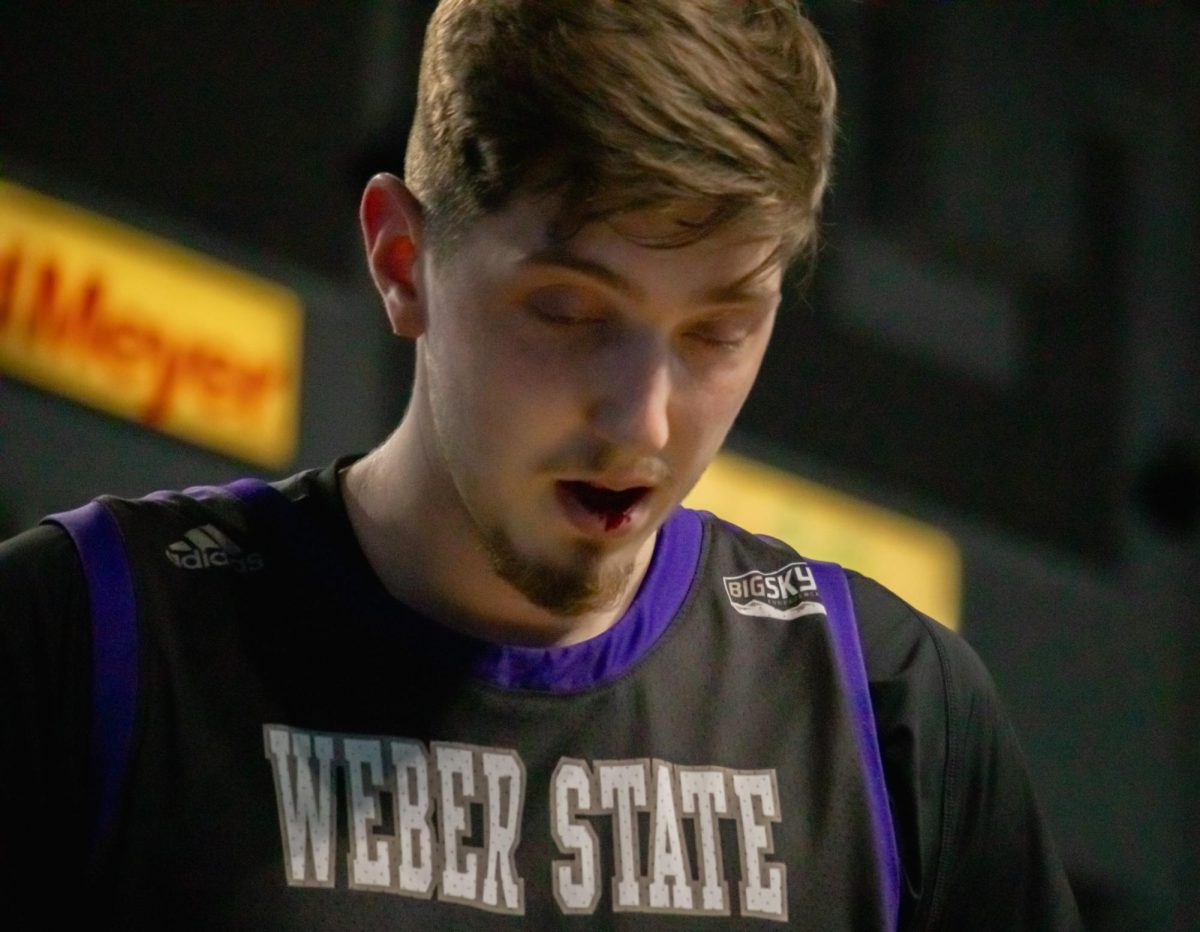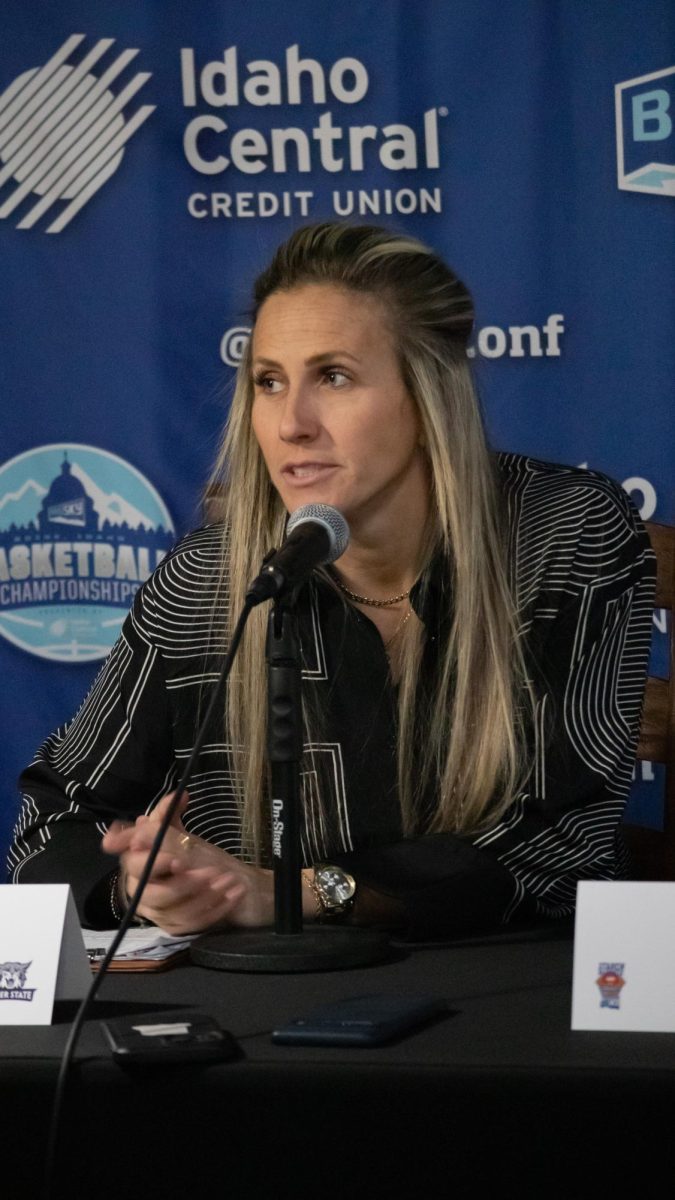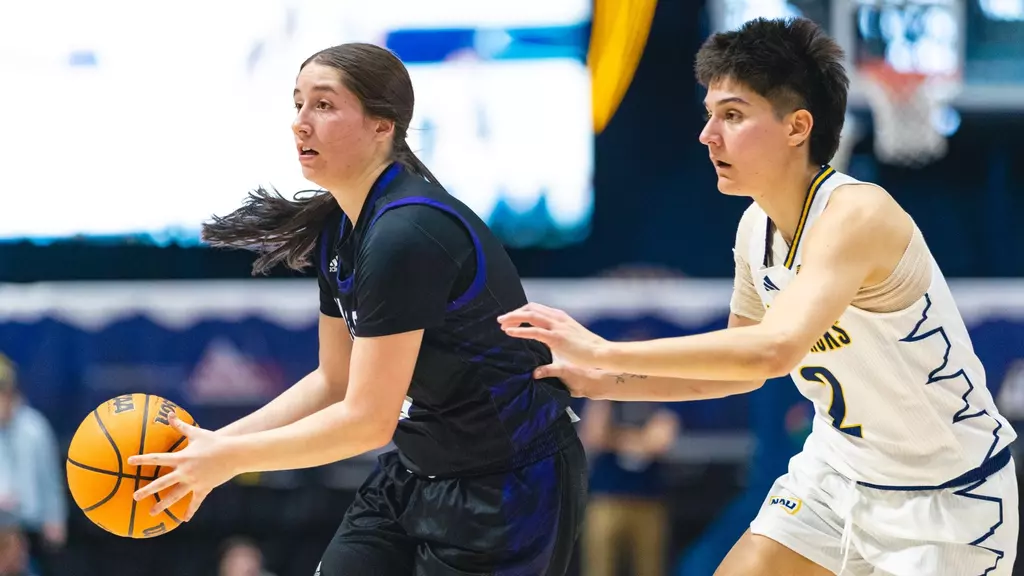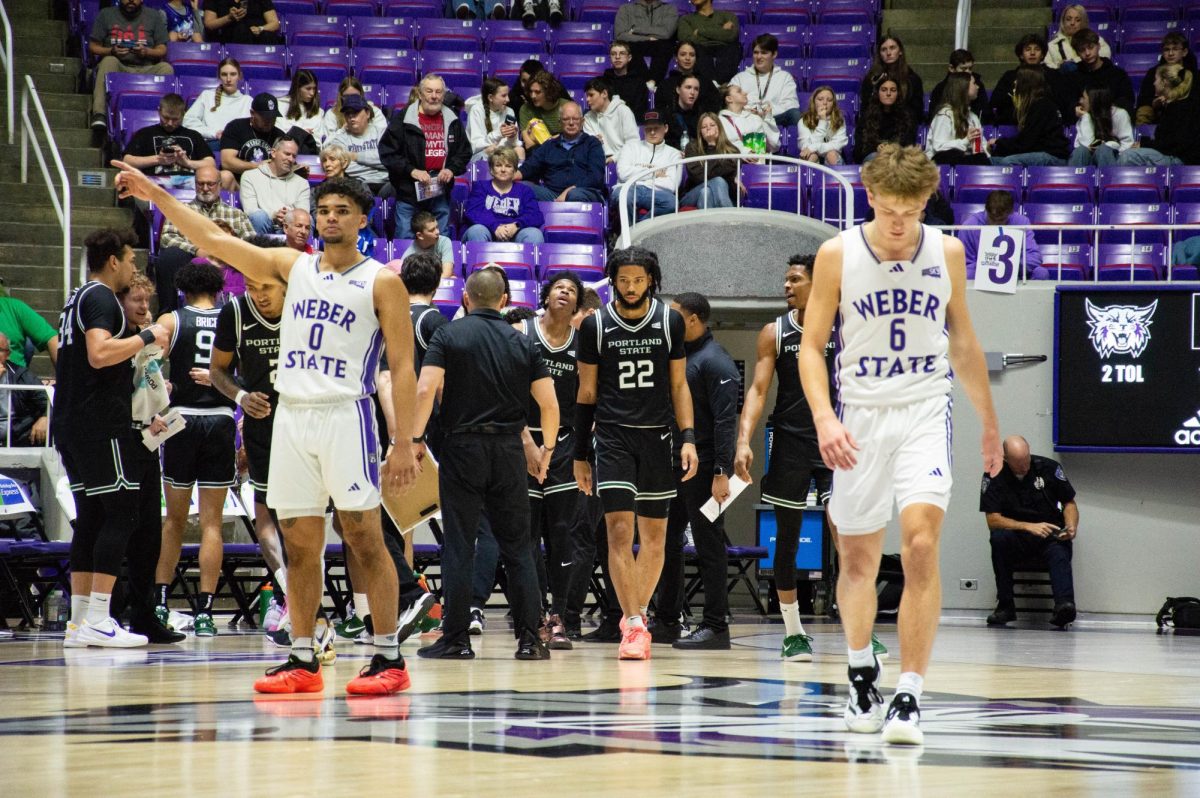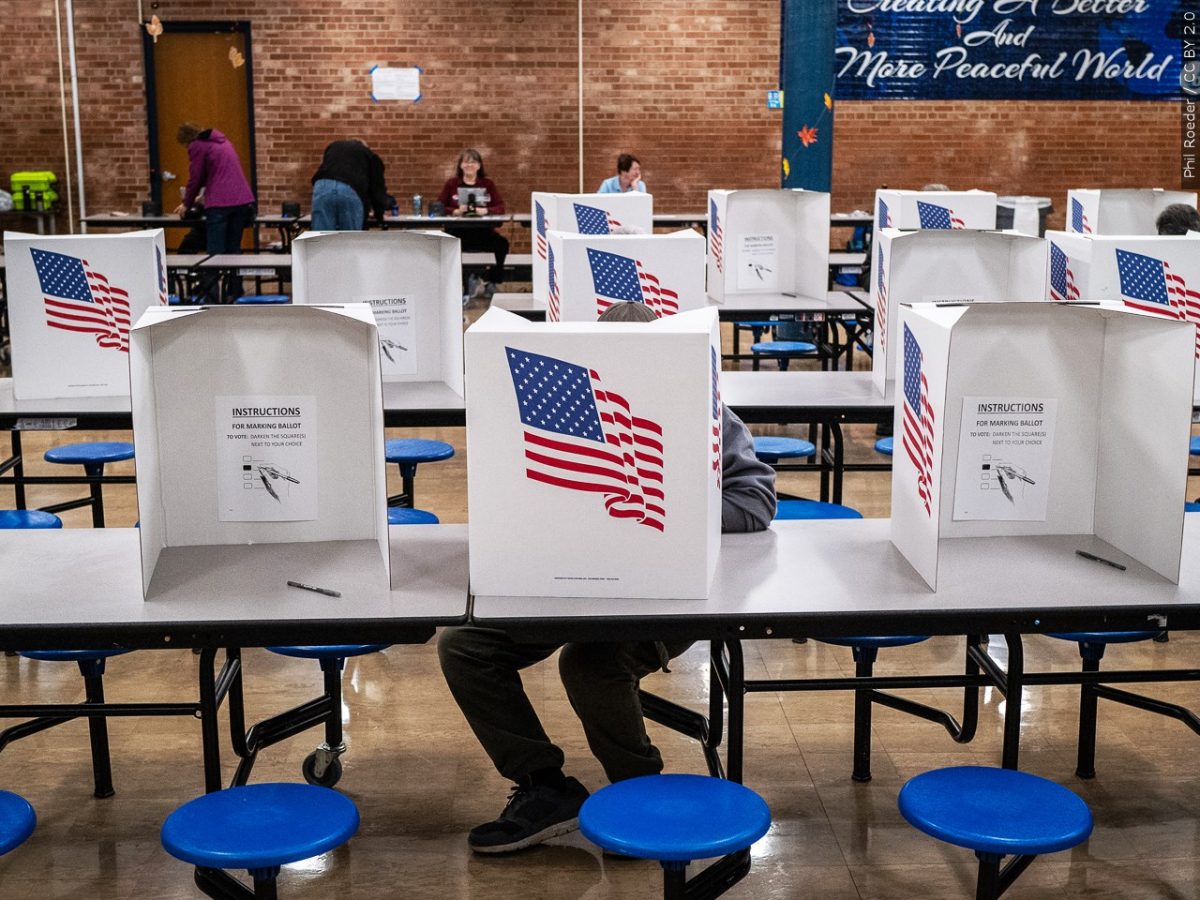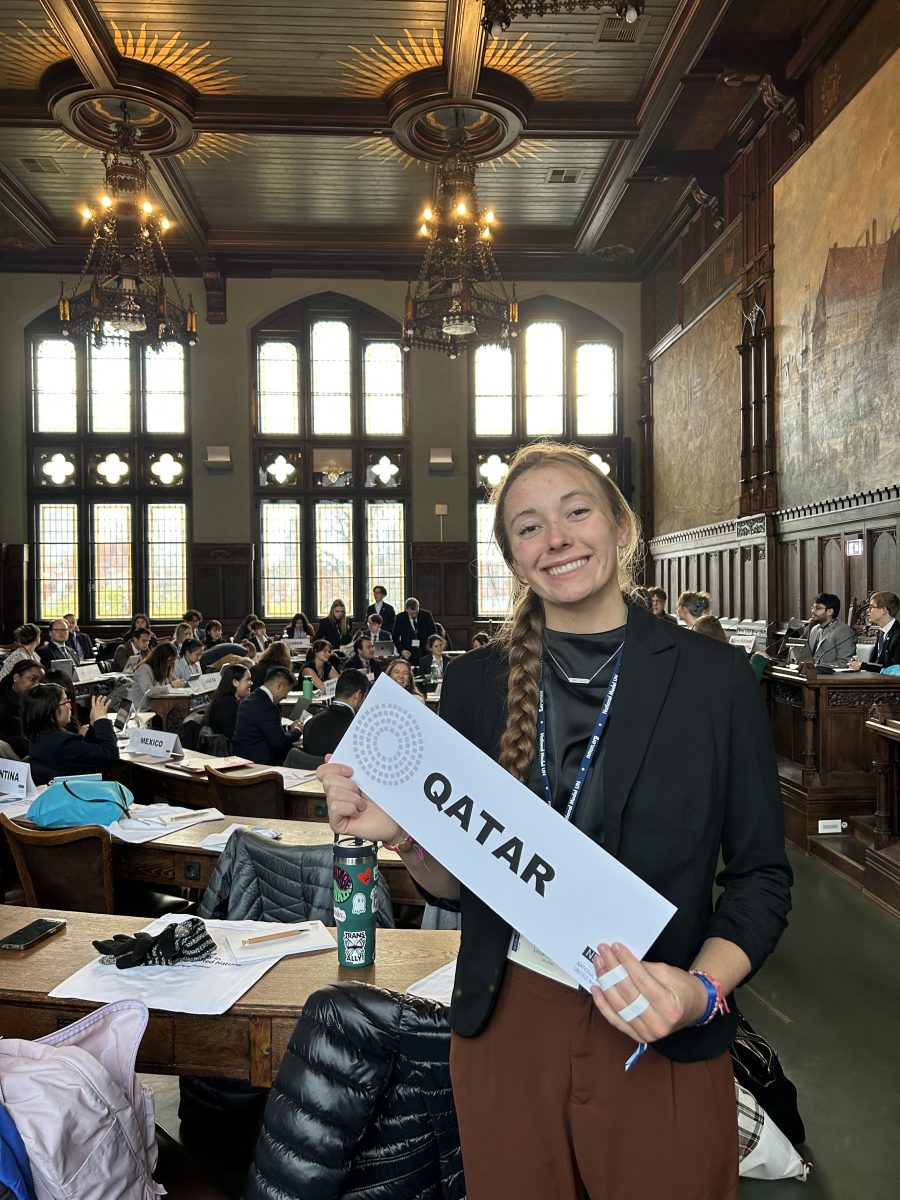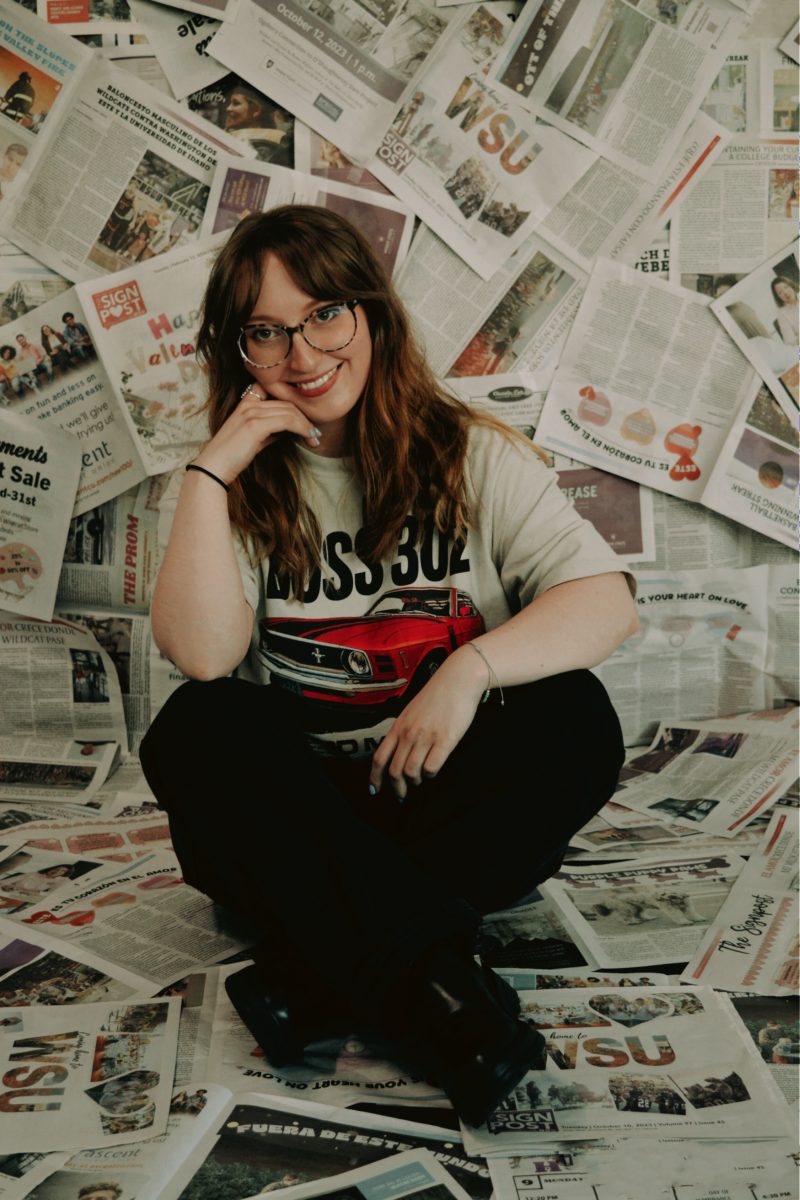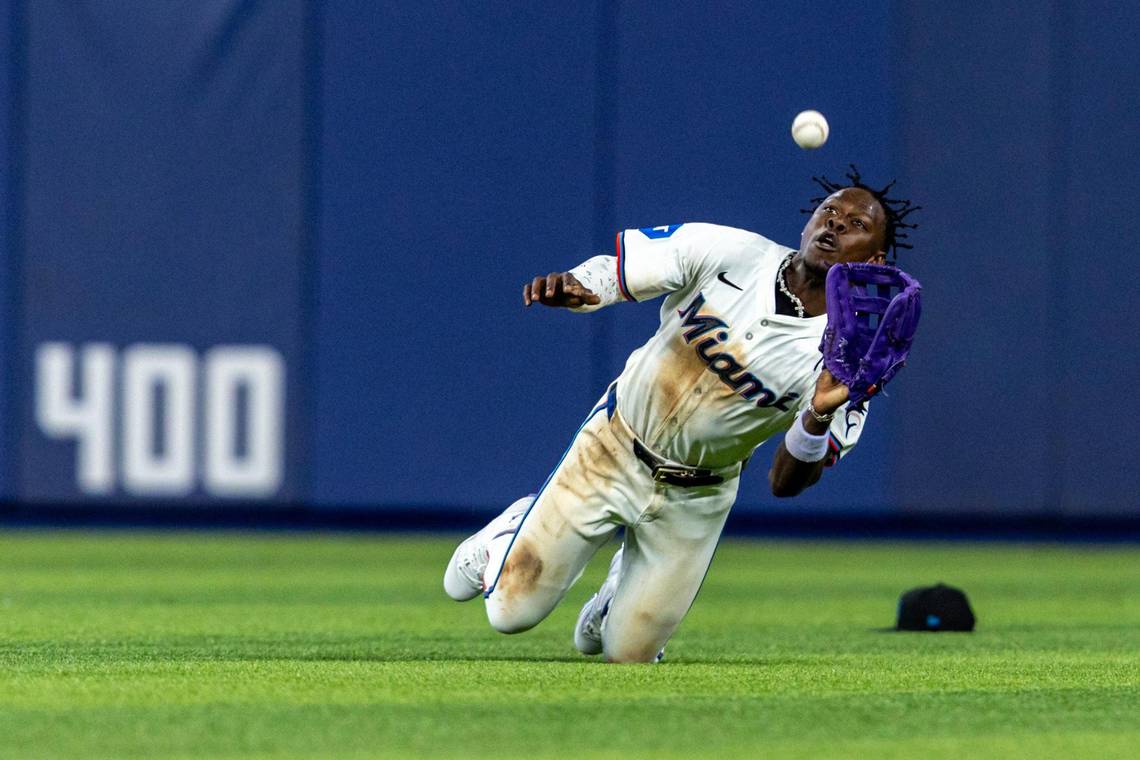When the United States women’s national soccer team won the World Cup in 2015, the players were paid $2 million. In 2014, after losing in the first stage of the World Cup, the U.S. men’s team players were paid $8 million, according to The Hill.
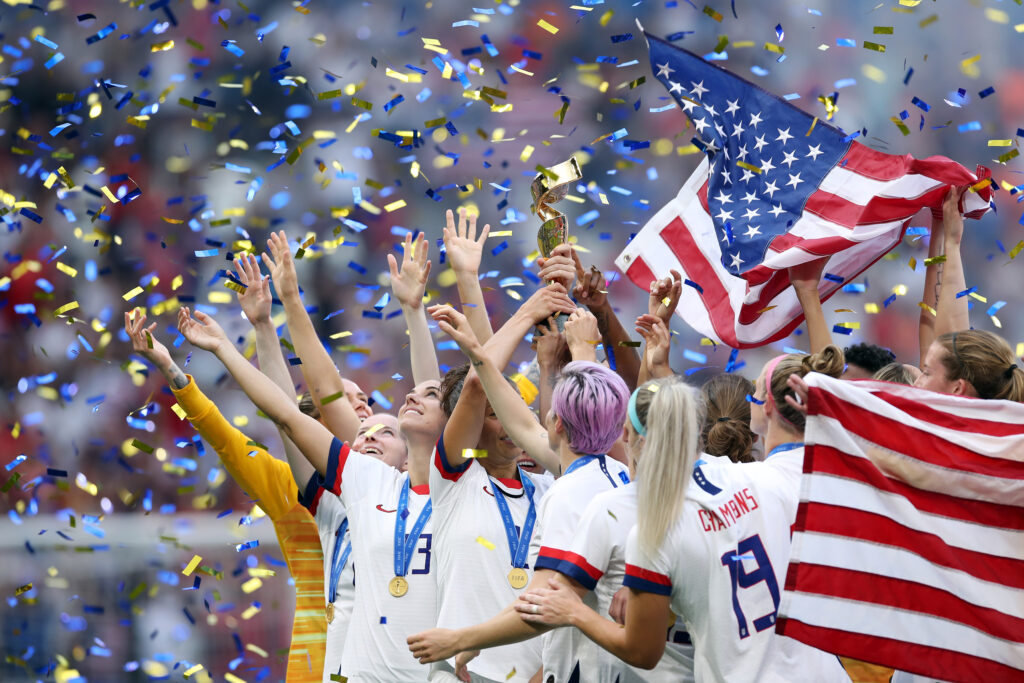
Women in sports — training and performing on the same level or better than men — are not compensated as well or afforded the same luxuries.
On International Women’s Day, the USWNT filed a federal lawsuit against the U.S. Soccer Federation, saying leaders engage in gender-based employment discrimination.
In March, House Democrats passed the Paycheck Fairness Act. This legislation would require employers to prove that pay disparities are not rooted in gender discrimination. The bill is currently stalled in the Senate.
According to Refinery29, players of the U.S. women’s national soccer team currently can make up to $4,950 per game while U.S. men soccer players can make up to $13,166 per game.
NBC’s Peter Alexander asked Donald Trump on June 12 if the women’s team should be paid equally to the men’s team.
“We’ll talk about that later,” Trump said.
If we keep holding off the conversation, we’re not just setting women in soccer or sports back. We’re setting a precedent that no matter how hard a woman works, no matter her accomplishments and no matter the sacrifices she makes, her actions are not equally valued to what men do.
According to The Hill, women in the U.S. make 80 cents for every dollar men make. The numbers dwindle for women of color, with black women making 61 cents and Latinas making 53 cents.
The disparities do not end with paychecks. The USWNT allege substandard travel accommodations and training conditions. But these women are not the only ones to put up with these conditions.
Natalie Achonwa, forward for the WNBA’s Indiana Fever, took to Twitter on June 24 to show her followers the traveling woes she and her team face.
After a Sunday game in Seattle, the team opted to take a red-eye flight home so they could practice and get sufficient rest for their game on Tuesday.
Their 10:30 p.m. flight on Sunday was delayed, landing in Atlanta around 8 on Monday morning. With all flights to Indiana booked, the team got on a charter bus for an 8-hour journey. During their second pit stop, the bus broke down.
Currently under the WNBA’s Collective Bargaining Agreement, players are required to fly coach, even if team owners have jets. On the other side of the gender gap, the NBA almost exclusively uses private jets.
Defenders of these conditions and the pay gap often justify these disparities by saying women do not perform at the same level, they do not bring the same revenue and do not pull in audiences like men.
The USMNT did not qualify for 2018’s World Cup while the women just won their second World Cup in a row.
The 2015 World Cup final garnered 23 million viewers, making it the most-watched soccer game in American television history, according to Sports Illustrated. The U.S. women’s jersey is the number one soccer jersey ever sold on Nike’s website in one season.
Due to viewing numbers, ESPN announced that it will broadcast 14 National Women’s Soccer League games. Lifetime and A&E Networks exited a three-year broadcast partner deal with the league in February.
The players just want to be given their fair share of representation. On the day of the World Cup final, two mens’ finals were scheduled, none overlapping in time. However, Megan Rapinoe — the USWNT’s captain during the 2019 World Cup — criticized FIFA for the stacked schedule.
Some soccer viewers liked the idea of three games in a day. However, multiple games means resources are scattered. Media coverage — pre-game, post-game, analysis — of the USWNT may not be given the spotlight or attention to detail it deserves. The fatigue of watching television for hours on end, although the women’s match was the first of the day, could drive viewers away. All three games deserved fully captivated and refreshed audiences.
Women in sports are making strides to leave the field better than how they found them. Women of the WWE began as ring valets, women who would walk with men to the ring but not fight. They now headline pay-per-views and battle at the same level as men. In 2016, WWE stopped calling their female talent “divas” and instead called them “superstars,” the same title as men.
Althea Gibson, playing tennis in the midst of segregation, was the first African-American player to win a Grand Slam title in 1956. A decade later, Arthur Ashe became the first African-American man to reach this feat. They paved the road for Serena Williams, 23-time Grand Slam champion and the only woman on Forbes’ 100 Highest Paid Athletes list.
It is because of the hard work of women like Gibson that Williams and other players can do what they do. It is because of women like Rapinoe and the USWNT that future women in soccer — and women in all other fields — will not have to fight to be heard or compensated correctly.
Women in sports, in the past and currently, are not only proving and showing young girls that they can compete at any level but also that they are second to no one.
What we, as an audience, need to do is support these women. U.S. players feel the support when the World Cup rolls around every four years, but when the smoke settles, these women go back to play on different teams that see stadiums with low attendance.
World Cup final attendees chanted “equal pay” as FIFA President Gianni Infantino prepared to hand out medals; “equal pay” also trended on Twitter after the game ended. It’s not enough to back these women solely every four years.
We need to support girls who join soccer clubs at a community level. They are the ones who go on to play at the collegiate level and beyond. This support needs to be extended beyond soccer, beyond sports and into all arenas of life.
When women succeed, we all succeed.


